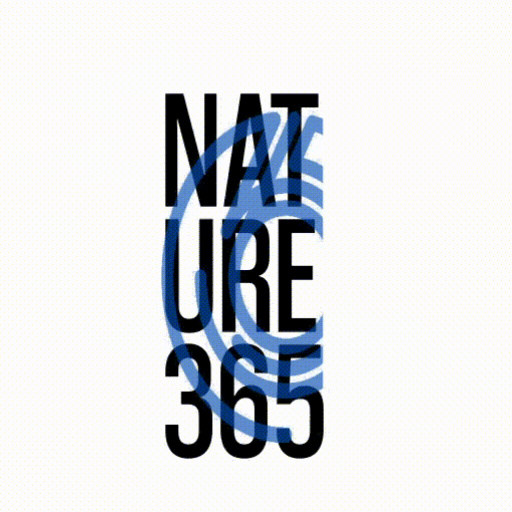The importance of nature is realized by the entire world and that’s the ultimate reason for the importance of sustainable recycling in each and every country. Architects and designers are also focusing on creating spaces that not only enhance human experience but also minimize their environmental impact. One crucial aspect of sustainable design is recycling, which plays a pivotal role in reducing waste and conserving resources. Under the LEED Building Design and Construction (BD+C) v4.1 rating system, there is a renewed emphasis on maximizing recycling potential. Let’s explore how designers can create spaces that promote sustainable recycling practices, thereby contributing to a greener, more sustainable future.
Understanding LEED BD+C v4.1:
LEED, or Leadership in Energy and Environmental Design, is a globally recognized green building certification program. The BD+C v4.1 version emphasizes a holistic approach to sustainability, encompassing various aspects such as energy efficiency, water conservation, and materials selection. When it comes to recycling, LEED BD+C v4.1 encourages architects and designers to focus on optimizing recycling potential, promoting the responsible use of resources, and minimizing waste.
Intelligent Material Selection:
One of the key principles in sustainable recycling is selecting materials that are not only environmentally friendly but also easily recyclable. Designers can choose materials with high recycling potential, such as glass, metal, and certain types of plastics. Additionally, opting for recycled or reclaimed materials ensures that valuable resources are diverted from landfills and given a second life in the built environment.
Effective Waste Management Systems:
Integrating efficient waste management systems within the design is essential for maximizing recycling potential. Designers can incorporate designated recycling areas on each floor, complete with clearly labeled bins for different types of recyclables. Providing educational signage helps occupants understand what can and cannot be recycled, promoting proper disposal practices.
Innovative Design Solutions:
Creative and innovative design solutions can significantly enhance recycling potential. For instance, architects can design multifunctional spaces that facilitate both work and recycling activities. Incorporating built-in recycling chutes or concealed recycling stations encourages seamless disposal without compromising aesthetics. Furthermore, integrating natural elements like plants and green walls can create a connection to nature, inspiring occupants to adopt eco-friendly behaviors, including responsible recycling practices.
Community Engagement and Education:
Promoting sustainable recycling within a building goes beyond its physical design; it involves fostering a sense of community and environmental responsibility. Designers can create communal spaces such as rooftop gardens or indoor atriums where residents or employees can participate in recycling workshops, swap events, or composting initiatives. These activities not only educate occupants about recycling best practices but also instill a sense of pride and ownership in the sustainable initiatives of the space.
Technological Integration:
In the digital age, technology plays a vital role in promoting sustainable recycling. Smart sensors and IoT devices can be integrated into recycling bins to monitor fill levels and optimize collection routes. Mobile apps can provide real-time information about recycling schedules, tips, and rewards programs, encouraging active participation. By leveraging technology, designers can enhance user experience and make recycling a convenient and rewarding process.
Continuous Monitoring and Adaptation:
Sustainable recycling practices require continuous monitoring and adaptation. Designers can collaborate with building management teams to track recycling rates, assess the effectiveness of waste management systems, and identify areas for improvement. Regular feedback loops and data analysis enable designers to make informed decisions, refining their approaches and ensuring long-term success in maximizing recycling potential.
In conclusion, designing spaces for sustainable recycling under LEED BD+C v4.1 involves a multifaceted approach that combines intelligent material selection, effective waste management systems, innovative design solutions, community engagement, technological integration, and continuous monitoring. By embracing these principles, architects, and designers can create spaces that not only meet the stringent criteria of green building certifications but also foster a culture of environmental consciousness and responsible recycling. As stewards of the built environment, it is our collective responsibility to design spaces that not only serve the needs of the present but also safeguard the future for generations to come. Through thoughtful and sustainable design practices, we can pave the way for a greener, more sustainable world.
- About the Author
- Latest Posts
A passionate advocate for all natural and sustainable ideas. With a background in sustainable economics science and a deep love for nature, Sojy has dedicated his career to promoting eco-friendly practices and encouraging others to live a more sustainable lifestyle. He is an avid hiker, gardener, and cook, and loves experimenting with natural ingredients in his recipes and lifestyle routines. Sojy believes that small changes can make a big impact and is constantly seeking out new ways to reduce his carbon footprint and inspire others to do the same




